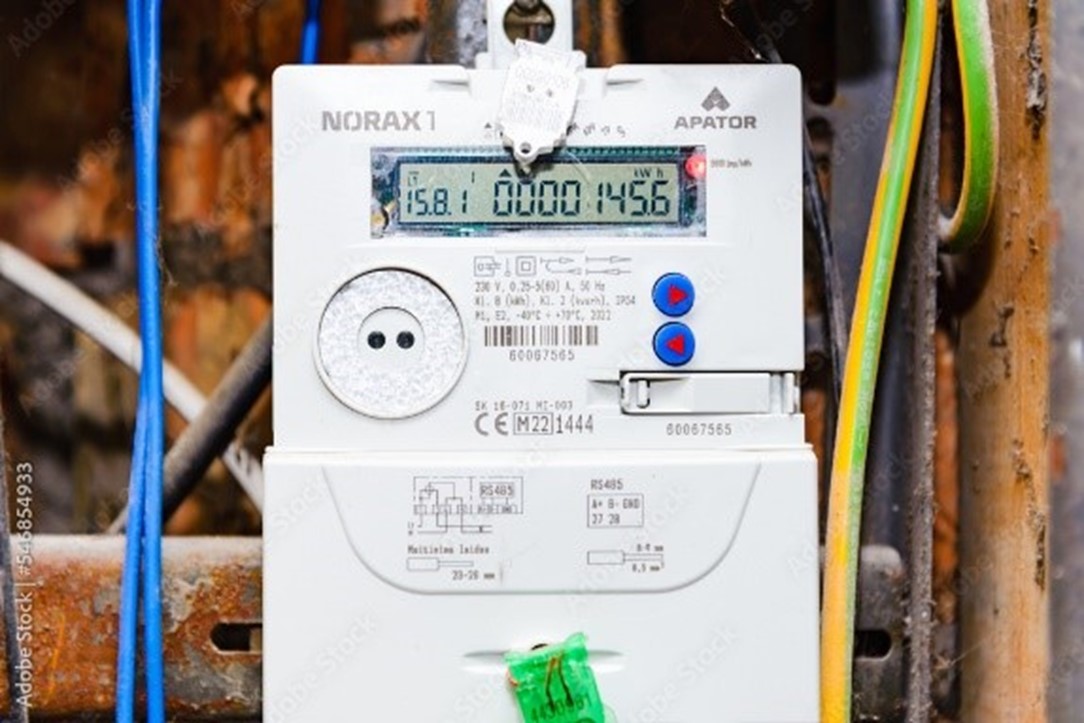There are a lot of terms surrounding energy and its use, and they’re easy to confuse. Context and scale can make a big difference. Volts, for example, refer to the force or strength from an electrical power source. The voltage of electric current that moves through long-distance transmission lines can be up to 3,000 times more powerful than the electricity delivered to buildings.
Let's define and put into perspective some electrical terms relevant to customers, energy companies and renewable energy enthusiasts.
Amps
Once we deliver current to a home or business, amps measure how much of it flows through the wires in the building, or how much electricity is available to be consumed. Residential amps typically vary between 30 and 400.
Watts, kilowatts and kilowatt-hours
Watts tell you how much power a specific item needs to operate. You can compare watts when you shop for appliances like dishwashers, washers and dryers to find ones that use less energy. Refrigerators typically require between 300 and 800 watts, for example.
A kilowatt (kW) is 1,000 watts, and it’s an easier way to talk about how much energy larger appliances and systems need to operate. For example, central air conditioning systems require between 3,000 and 4,000 watts, or 3 to 4 kilowatts.
You might be familiar with kilowatt-hours (kWh) from your energy bill. A kilowatt-hour is a unit that quantifies how many kilowatts are used over time. If you have a machine that requires 1 kW to operate and you leave it on for an hour, it will use 1 kWh. According to the Energy Information Administration, a typical U.S. home consumes about 899 kWh per month.
Megawatts, gigawatts and terawatts
Megawatts (MW) are usually reserved to describe utility-scale electricity generation. Utility scale refers to projects like solar and wind farms with the capacity to generate at least 1 MW. One MW is equal to 1,000 kW and can power approximately 1,000 homes per year.
A gigawatt (GW) is 1,000 MW. We use gigawatts to describe enormous amounts of energy generation or use, like those of entire countries. New Zealand, for example, generates and consumes about 43,500 GW of electricity per year.
To understand just how large gigawatts are, 1 GW is equal to the power of approximately 1.3 million horses, 9,090 car engines, almost 2.5 million solar panels, 310 utility-scale wind turbines and 100 million LED bulbs.
Finally, the terawatt (TW) is equal to 1,000 GW. For now, terawatts are as high as energy measurements go. According to Statista, in 2022, the U.S. consumed 4,050 TW of electricity and generated 4,243 TW. The entire planet consumed almost 25,000 TW.
Are you interested in putting these energy math terms into practice? Check out our energy smart calculators page and our community solar calculator.


